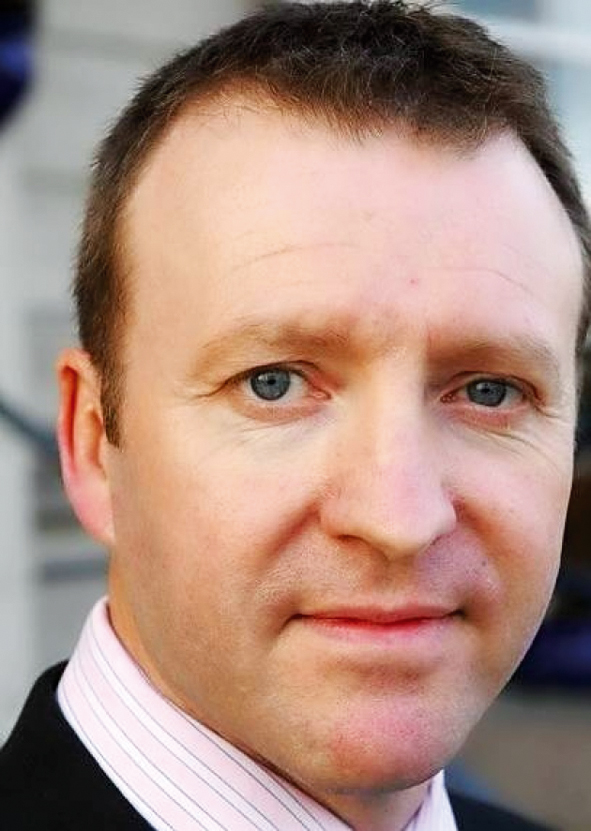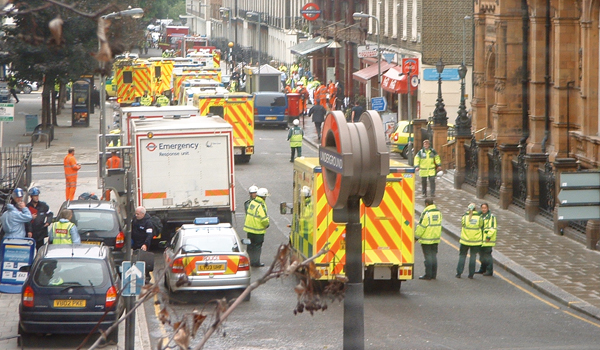Improving communication during a crisis
A small armband that can be attached to the injured. An information board containing a complete visual record of events. This is just some of the technology that rearchers say can help to improve communications during major national disasters.

A small armband that can be attached to the injured. An information board containing a complete visual record of events. This is just some of the technology that rearchers say can help to improve communications during major national disasters.
Debates about emergency responses to acts of terrorism, natural disasters and major accidents are nothing new. Every accident is followed by a discussion about who was responsible, who was to blame and what might have been done better.
After the events on Utøya on July 22, 2011 [the Anders Behring Breivik shootings], there was a great willingness to improve on all counts, said researcher Jan Håvard Skjetne at SINTEF (The Foundation for Scientific and Industrial Research and the largest independent research organisation in Scandinavia). But there was perhaps too much focus on the police and terrorism angle. Its too easy for us to focus exclusively on events such as the recent Boston bombings, but we must be aware of all situations in which accidents take place such as avalanches, explosions and transport disasters. In these situations, we should be concentrating on the sharing of information between the police, fire and health services.
Mr Skjetne is project manager for BRIDGE (Bridging resources and agencies in large-scale emergency management) a major EU project that is addressing emergency response collaboration during disasters and is looking into how technology can help to improve response strategies.
Information is being lost
First close your eyes, turn your back, pull a plastic bag over your head and hide behind a curtain. Then try to hold a conversation with someone standing some distance behind you and speaking an unfamiliar dialect. Now you can begin to understand how difficult it is to communicate by radio, explained police inspector Bjørn Danielsen.
Insp Danielsen is employed at the Norwegian Police Academy and has used this illustration during debates addressing effective communication. At present it is a fact that information during accidents can only be shared by people actually talking to each other. Mr Skjetne is one of many who believe that information doesnt have to be transmitted only by telephone and radio.
Things can go haywire and a lot of information can be lost, he said. In order to plan the transport of casualties out of a disaster area, the preparation of reception centres, and the saving of lives, it will be essential to provide information about how many people are injured and how seriously.
Can some of the injured wait for help? Are some of them dying? How many are uninjured? It is in such situations that we can envisage the use of technical systems which establish closer links between the police, health and fire service crews.
Shared information
During a major disaster, where a lot is happening and chaos rules, Mr Skjetne says it is important that the emergency services have a shared awareness of the situation. This is why Norwegian researchers have now established a system that provides a visual overview of events taking place at the scene of the disaster. Information can be shared between the various units deployed by the emergency services, using tablets, PCs and large information boards.
This is a geolocation-based system which assembles all available data and displays it on a map, said Mr Skjetne. In this way, all information can be made available both to, and shared between, personnel out in the field and to those staffing the emergency centres where response coordinators can control operations from their desks.
How many injured?
Together with the other partners in the EU project, the researchers have also participated in looking at the problem from the other end. They have now established an initial concept designed to ensure that hospitals work better together.
The German Fraunhofer research centre has produced a small armband that can be attached to the injured following an accident. The armband is part of an electronic system which sorts and prioritis




